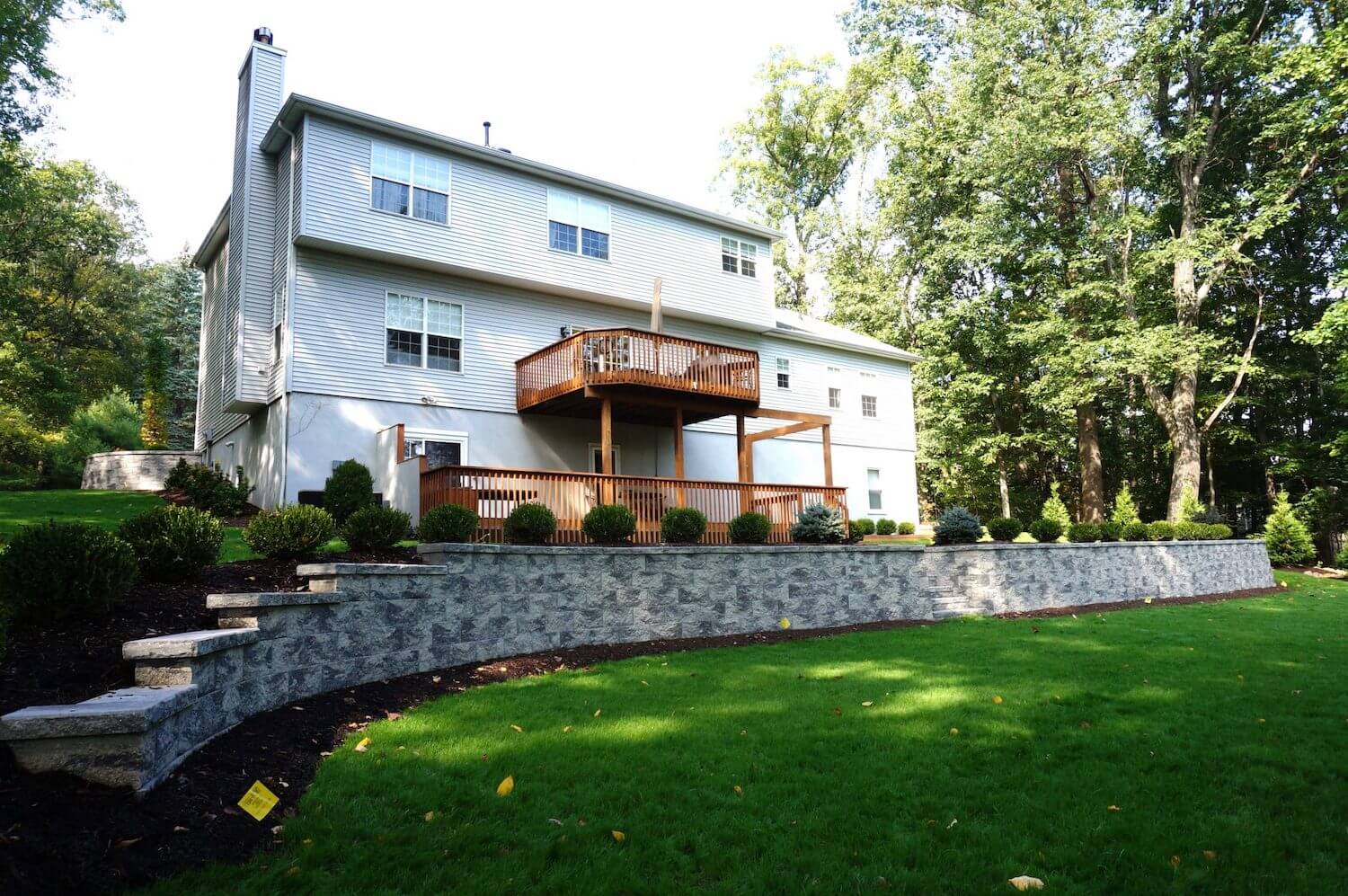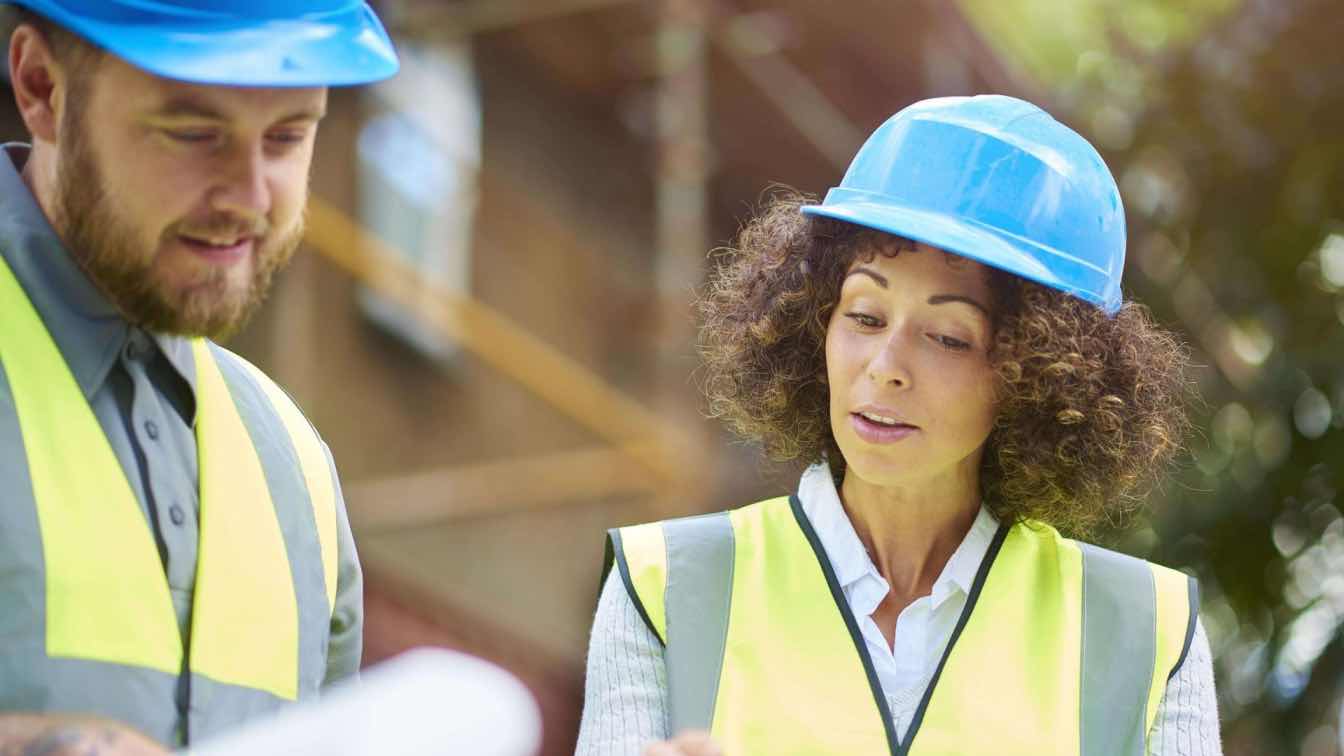Building a retaining wall isn’t as simple as assembling furniture from IKEA. It’s much more complicated than that. But with the right tools and basic skills, you can create a retaining wall that adds both aesthetic and functional value to your home.
Interlocking blocks are the easiest to use for a DIY retaining wall. They are easier to manage than most materials. With proper techniques, these blocks are also durable and easy to maintain.
6 Tips for Longer-Lasting Block Retaining Walls
Here are some tips for building retaining walls and making them last longer.
It’s All About the Foundation
The foundation of a retaining wall is often downplayed. Just because they aren’t visible in the final product doesn’t mean they matter any less.
In fact, they should be installed more carefully as they determine how the succeeding blocks will look. A lopsided foundation makes your wall unattractive and non-functional.
Take your time in making sure that your foundation is sturdy and perfectly level.
Make Sure to Measure
As with building anything, measuring everything beforehand is essential. This would tell you how much material you’d need for your retaining wall. This would also tell you how much you need to dig and where to start laying your foundation as you build your retaining wall.
Measuring with a level also helps you make sure that the blocks you’re stacking are straight, even when your wall is designed to curve.
Hire an Engineer
Hiring an engineer would cost you more, but it will be worth it.
A structural engineer will be able to make accurate calculations for your block retaining walls. They will be able to do the math for you so that you won’t have to worry about the technical aspects of building your wall.
You wouldn’t want to spend double on having your retaining wall redone, would you?
Your Retaining Walls’ Enemy: Water
Water, once absorbed by the soil, adds a lot of weight and pressure to your wall. This may be unaccounted for, thus causing your wall to collapse.
Having a proper drainage system is essential to building retaining walls that last. Driving water away from your block wall makes sure that the structure wouldn’t falter from the extra weight.
What’s the Matter With Organic Matter?
Organic soil should never be used in building block retaining walls. They tend to either break apart or clump together once wet. This adds more pressure to the soil and adds strain to your block wall.
You can only use organic soil for the few top inches of your wall, especially if you want to plant on them.
There Are No “Good” Alternatives to Geogrid
Geogrids are helpful in holding your block walls’ layers in place. This stops soil from breaking apart and adding more strain to the retaining wall.
Geogrids have been designed to keep your backfill in place and make your retaining wall more sturdy and durable.
No other materials provide as much stabilization to a retaining wall as geogrids.

What is a Geogrid Anyway?
A geogrid is a type of mesh material that’s designed to stabilize a slope and hold soil in place.
It comes in different sizes and materials that cater to different wall needs. It’s also easy to install even for beginners.
Geogrids are designed to make retaining walls last for much longer.
The Key to Long-Lasting Retaining Walls
Building retaining walls is not a simple undertaking. It might be best to leave it to the experts. But if you want a little bit of a challenge, you can also try doing it yourself.
Just remember these tips on building longer-lasting block retaining walls:
- Take your time in laying a good foundation. It determines the appearance of succeeding blocks.
- Measure the area you’ll be working on to determine how much material you’ll be needing for your walls.
- Hire a structural engineer to help you with the technical calculations in building retaining walls.
- Make sure to have proper drainage for your block walls. Don’t let water add to the pressure that your wall also needs to hold.
- Only use organic matter on the top part of your retaining wall. It might break apart or clump together, thus adding strain to your wall.
- Geogrids are the way to go if you’re looking to stabilize your wall better. They’re specifically designed to hold soil weight and keep them in place.





